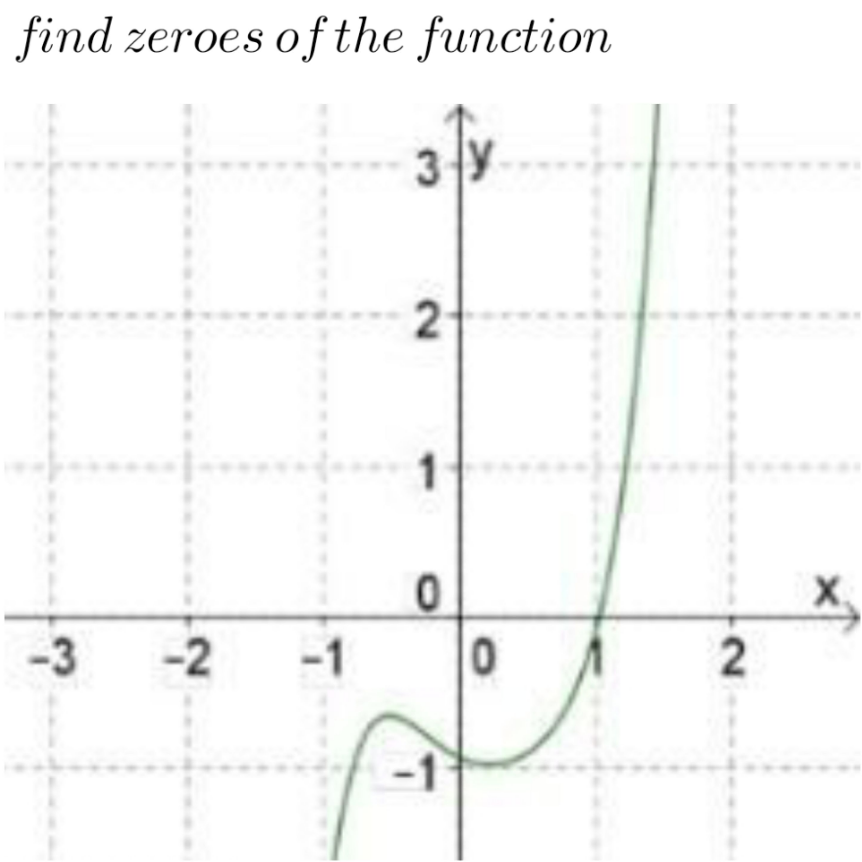
AllQuestion and Answers: Page 1061
Question Number 113110 Answers: 2 Comments: 2
$$\overset{\mathrm{1}} {\int}_{\mathrm{0}} \sqrt{{x}\left({x}−\mathrm{1}\right){dx}} \\ $$
Question Number 113109 Answers: 1 Comments: 2

Question Number 113107 Answers: 1 Comments: 0

Question Number 113101 Answers: 0 Comments: 2
$${Prove}\:{that}\:{GCD}\:\left(\left({a},{b}\right),{b}\right)=\left({a},{b}\right) \\ $$
Question Number 113097 Answers: 1 Comments: 0
Question Number 113092 Answers: 2 Comments: 0
Question Number 113080 Answers: 1 Comments: 0
Question Number 113091 Answers: 1 Comments: 0
Question Number 113073 Answers: 1 Comments: 0
Question Number 113070 Answers: 1 Comments: 0
Question Number 113063 Answers: 1 Comments: 0

Question Number 113060 Answers: 3 Comments: 0
Question Number 113059 Answers: 2 Comments: 0

Question Number 113015 Answers: 2 Comments: 0

Question Number 113006 Answers: 1 Comments: 0
Question Number 113005 Answers: 1 Comments: 0
Question Number 113004 Answers: 2 Comments: 0
Question Number 113003 Answers: 1 Comments: 2
Question Number 113002 Answers: 1 Comments: 0
Question Number 113001 Answers: 0 Comments: 1
Question Number 113000 Answers: 1 Comments: 0
Question Number 112999 Answers: 1 Comments: 0
$$\mathrm{Product}\:\mathrm{of}\:\mathrm{divisors}\:\mathrm{of}\:\mathrm{7056}\:? \\ $$
Question Number 112998 Answers: 1 Comments: 0
Question Number 112997 Answers: 1 Comments: 3
$$\int\frac{\:{tan}\:{x}\:{dx}}{\:\sqrt{{sec}^{\mathrm{3}} \:{x}\:+\:\mathrm{1}}}\:=\:? \\ $$
Question Number 112996 Answers: 1 Comments: 0
Question Number 112992 Answers: 1 Comments: 1

Pg 1056 Pg 1057 Pg 1058 Pg 1059 Pg 1060 Pg 1061 Pg 1062 Pg 1063 Pg 1064 Pg 1065
